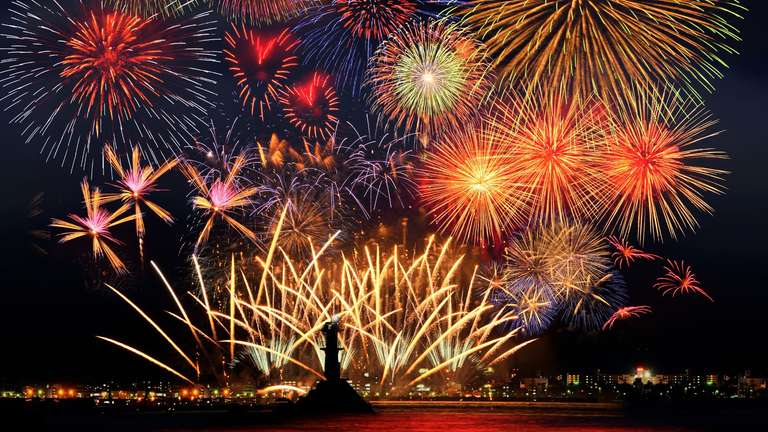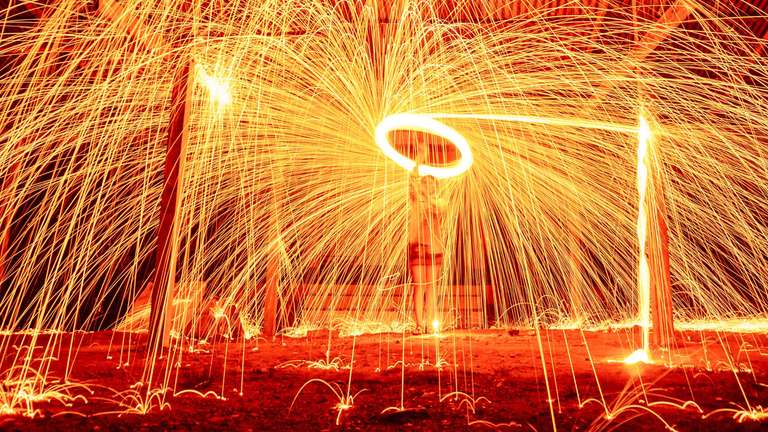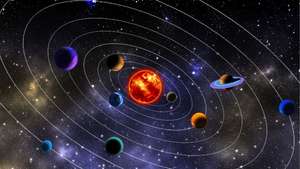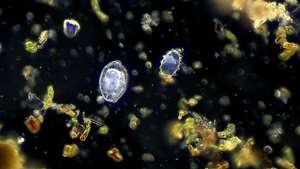
The Chemistry Behind the Colors of Fireworks
Meet the crepuscular wizards, better known as firework craftsmen. Now, these aren't your regular run-of-the-mill wizards - with wands replaced by wicks and charms by chemicals. These champs play a strategic game of Chemical Chess, deploying their skills and knowledge to control the clash of colors in the sky.
Fireworks are a lot like a flamboyant peacock, except they explode and paint the heavens instead of merely splaying tail feathers. And our dear pyrotechnicians decide who gets to be red, and who preens a princely purple. It’s Creativity 101: the more varied the clash, the more "oohs" from the crowd, and the bigger the applause for our dear night painters. So without them, we'd just be looking at loud pops and smoke, kind of like a weekend barbecue gone wrong.

The Ingredients of a Firecracker: A Dramatic Cocktail
When you think of firecrackers, what's the first thing that comes to mind? Explosions of color in the sky, right? Well, let me introduce you to the magical concoction that makes it all happen. It's like a recipe for your favorite cocktail, except with a generous sprinkle of science and a dash of danger.
First, we have the oxygen-producer, fuel, and binder – the holy trinity of firecracker components. They're like the vodka, orange juice, and ice of our explosive extravaganza, keeping everything in place and ready to deliver a breathtaking show. But wait, there's more: the pièce de résistance – the color producers.
These precious secret ingredients in the form of metal salts are the real stars that take the party to a new level. They add the vibrant colors to our sky-painting, turning the world into a giant canvas of light and wonder. It's as if Mother Nature herself said, "Hey, let's throw a wild party up there!" And so, the chemical magic begins.

Incandescence vs Luminescence: The Color Generators
Okay, so let’s dive into the heart of the matter. It’s time to talk about incandescence and luminescence, the two superstar processes responsible for the firework spectacle. Ready? Let’s roll. Incandescence, our first player, is basically light produced from heat. So when your annoying neighbor is turning red due to the loud fireworks party you’re throwing, that’s just him becoming ‘incandescently’ furious. Kidding... or am I?
Our next hero, luminescence, is the cooler dude. Luminescence is emission of light at lower temperatures because who wants to sweat while creating magic, right?
So, these two buddies work together to create the jaw-dropping firework display. Incandescence warms things up and, as stuff heats up, it starts glowing in splendid colors. Luminescence, on the other hand, kind of waves a magic wand and adds a twinkle to the colors, giving us the chilly fireworks effect. Thank you, Science. You're awesome!
Firework Colors: How Do We Get Them?
Firework Colors: How Do We Get Them? Ah, the burning question, isn't it? Well, our friend the metal salts play a significant role in igniting those rainbow hues.
Whenever metal salts get heated, they emit some stunning colors that can make us go 'Oooh' and 'Aaah'. They are like the secret spice in a dish that tickles your taste buds.
Now for the nitty-gritty part. For a red firework, strontium salts are responsible for painting the sky red. Similarly, copper compounds bring out those blues and greens in fireworks. Trust me when I say, it's not a coincidence that green and blue always seem to be hanging out together up there.
Chemistry, my friend, that's what it is! Long story short, metal salts are the color maestros that create those enchanting, hypnotizing hues, leaving us amazed by the beauty of human invention (and chemical reactions, of course).
Fireworks Failures and Successes: The Subtleties
Ah, the elusive and subtle science behind showstopping fireworks! You see, the quality of a pyrotechnic performance hinges on delicate balances. Too much smoke from our party-pooper sodium can mute the vibrant colors we all crave. Unsurprisingly, just like fancy wine, expensive fireworks tend to promise superior quality - who'd have thought!
The skill of the firework master (the night's unsung artist), and the firework's manufacture date also play cunning parts in this celestial drama. So next time you see a lackluster light show, remember, there might be a penny-pinching event manager behind it. Ah, the price we pay for sparkle! No pun intended. Honest.
There’s More to a Firework than Just Color
There's More to a Firework than Just Color Ah, the majestic sequence of a firework display, seemingly orchestrated by Mother Nature herself.
But did you know there's more to this pyrotechnic party than just the visual spectacle?
The lift charge acts as the unsung hero, thrusting the firework skyward like a toddler hurling spaghetti at the wall. It may not be the star of the show (pun intended), but the humble lift charge ensures your fireworks reach peak-wow factor, without it, you're just watching a colorful ground show. So next time you're dazzled by fireworks, take a moment to appreciate the "lift" behind the scenes.
So, basically, your 'oohs' and 'aahs' during the firework display are courtesy of bunch of glowy, heat-induced chemical reactions. Mind equals blown, right?





